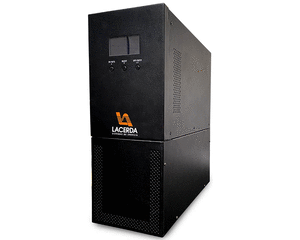Barath Narayanan
Posted by Johanna Pingel, March 18, 2020
I'm pleased to publish another post from Barath Narayanan, University of Dayton Research Institute (UDRI), LinkedIn Profile.
Co-author: Dr. Russell C. Hardie, University of Dayton (UD)
Dr. Barath Narayanan graduated with MS and Ph.D. degree in Electrical Engineering from the University of Dayton (UD) in 2013 and 2017 respectively. He currently holds a joint appointment as a Research Scientist at UDRI's Software Systems Group and as an Adjunct Faculty for the ECE department at UD. His research interests include deep learning, machine learning, computer vision, and pattern recognition.
In this blog, we are applying a Deep Learning (DL) based technique for detecting COVID-19 on Chest Radiographs using MATLAB.
Background
Coronavirus disease (COVID-19) is a new strain of disease in humans discovered in 2019 that has never been identified in the past. Coronavirus is a large family of viruses that causes illness in patients ranging from common cold to advanced respiratory syndromes such as Middle East Respiratory Syndrome (MERS-COV) and Severe Acute Respiratory Syndrome (SARS-COV). Many people are currently affected and are being treated across the world causing a global pandemic. In the United States alone, 160 million to 214 million people could be infected over the course of the COVID-19 epidemic (
https://www.nytimes.com/2020/03/13/us/coronavirus-deaths-estimate.html). Several countries have declared a national emergency and have quarantined millions of people. Here is a detailed article on how coronavirus affects people: https://www.nytimes.com/article/coronavirus-body-symptoms.html
Detection and diagnosis tools offer a valuable second opinion to the doctors and assist them in the screening process. This type of mechanism would also assist in providing results to the doctors quickly. In this blog, we are applying a Deep Learning (DL) based technique for detecting COVID-19 on Chest Radiographs using MATLAB.
The COVID-19 dataset utilized in this blog was curated by Dr. Joseph Cohen, a postdoctoral fellow at the University of Montreal. Thanks to the article by Dr. Adrian Rosebrock for making this chest radiograph dataset reachable to researchers across the globe and for presenting the initial work using DL. Note that we solely utilize the x-ray images. You should be able to download the images from the article directly. After downloading the ZIP files from the website and extracting them to a folder called "Covid 19", we have one sub-folder per class in "dataset". Label "Covid" indicates the presence of COVID-19 in the patient and "normal" otherwise. Since, we have equal distribution (25 images) of both classes, there is no class imbalance issue here.
K-fold Validation
As you already know that there is a limited set of images available in this dataset, we split the dataset into 10-folds for analysis i.e. 10 different algorithms would be trained using different set of images from the dataset. This type of validation study would provide us a better estimate of our performance in comparison to typical hold-out validation method.
We adopt ResNet-50 architecture in this blog as it has proven to be highly effective for various medical imaging applications [1,2].
LINK



































































